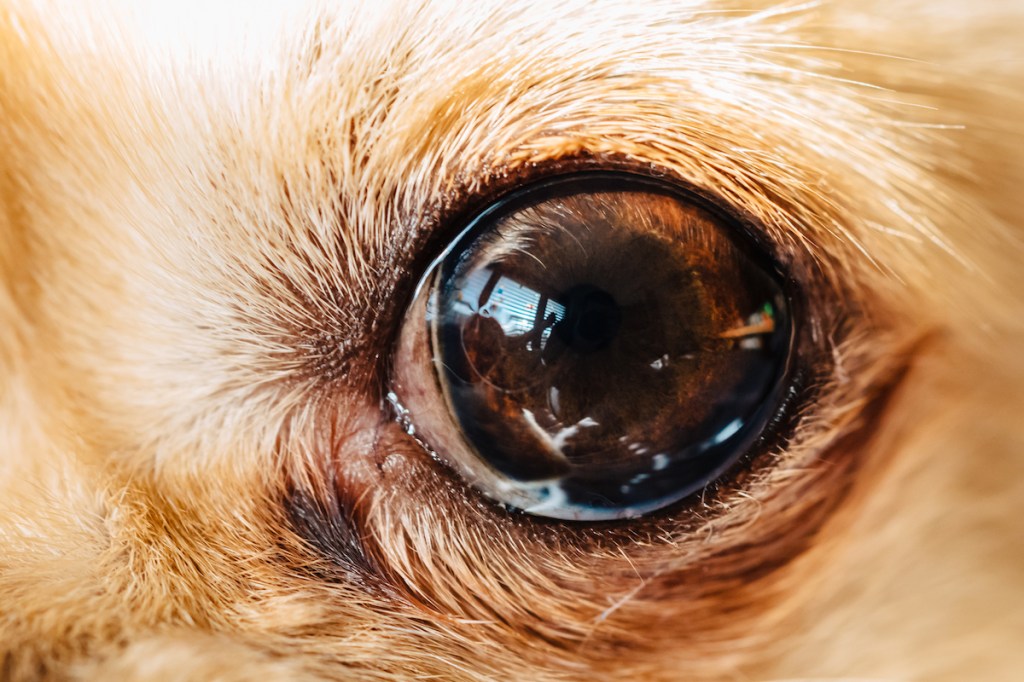Persistent pupillary membranes in dogs is a type of eye defect that affects a dog’s vision. Specifically, tissue strands appear on the eye. Technically, persistent pupillary membranes is also referred to as PPM.
Thankfully, in many cases the strands disappear on their own. However, some breeds seem predisposed to inhering…






